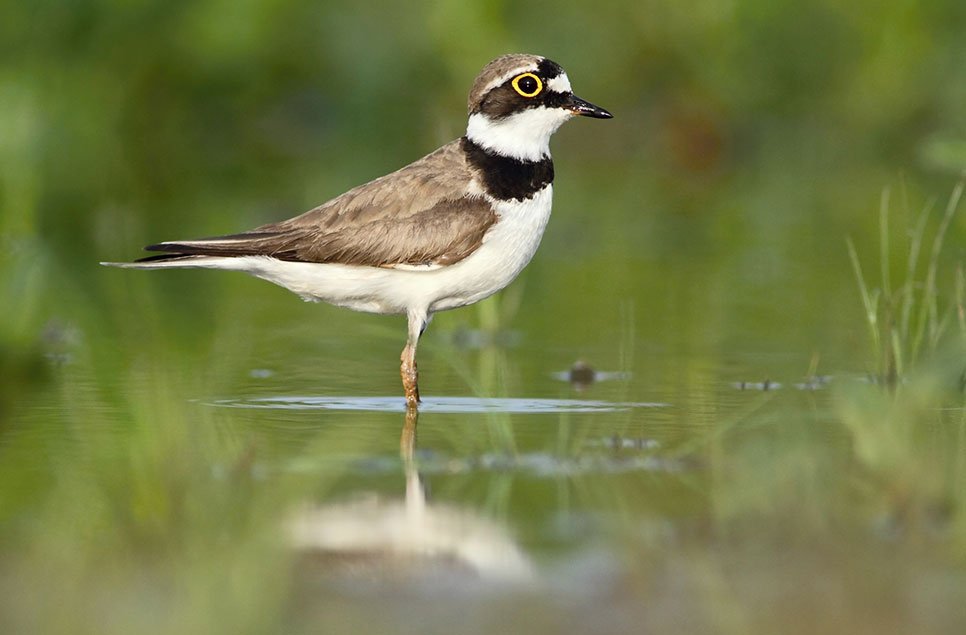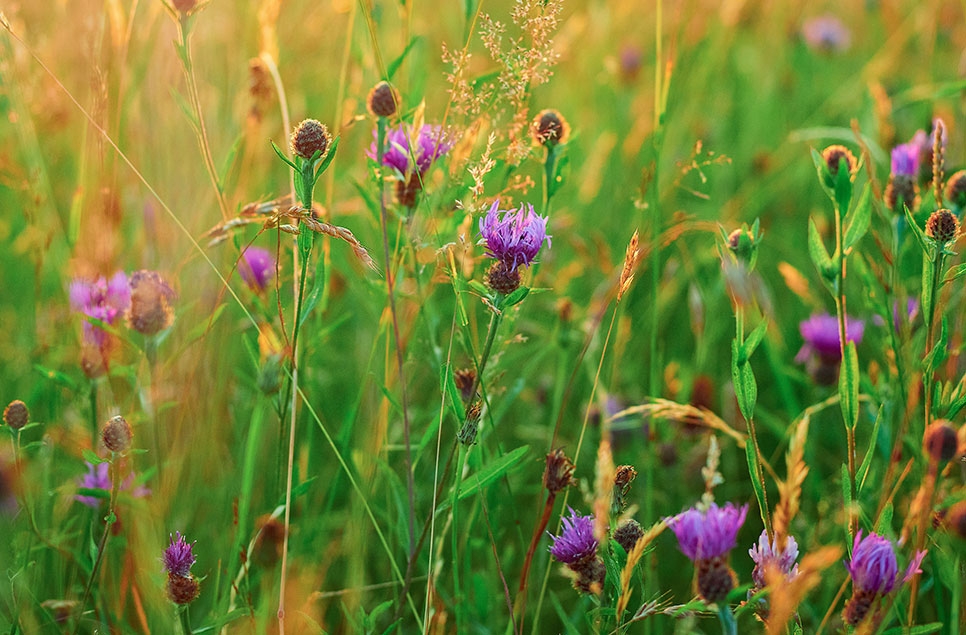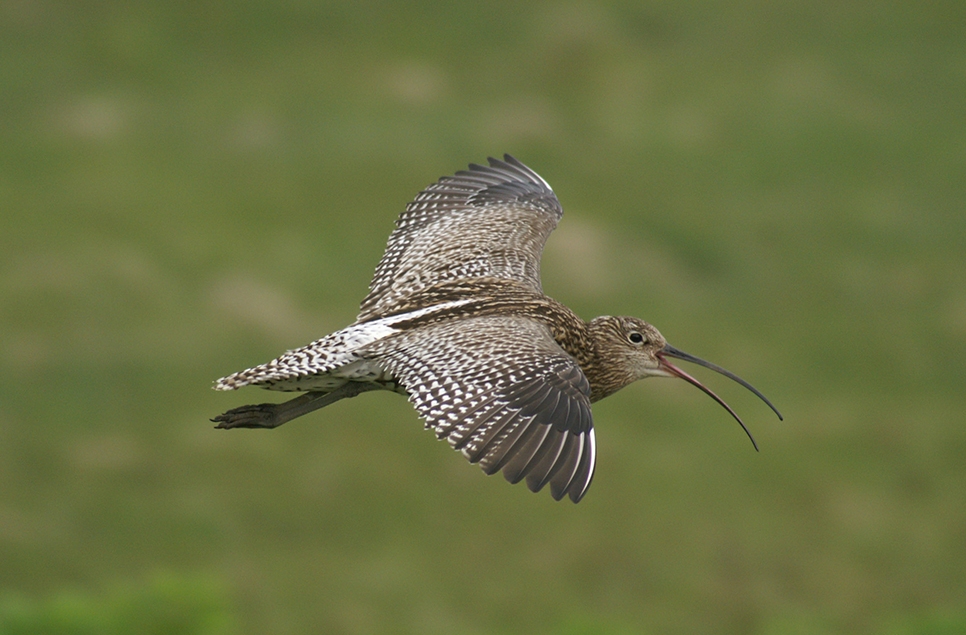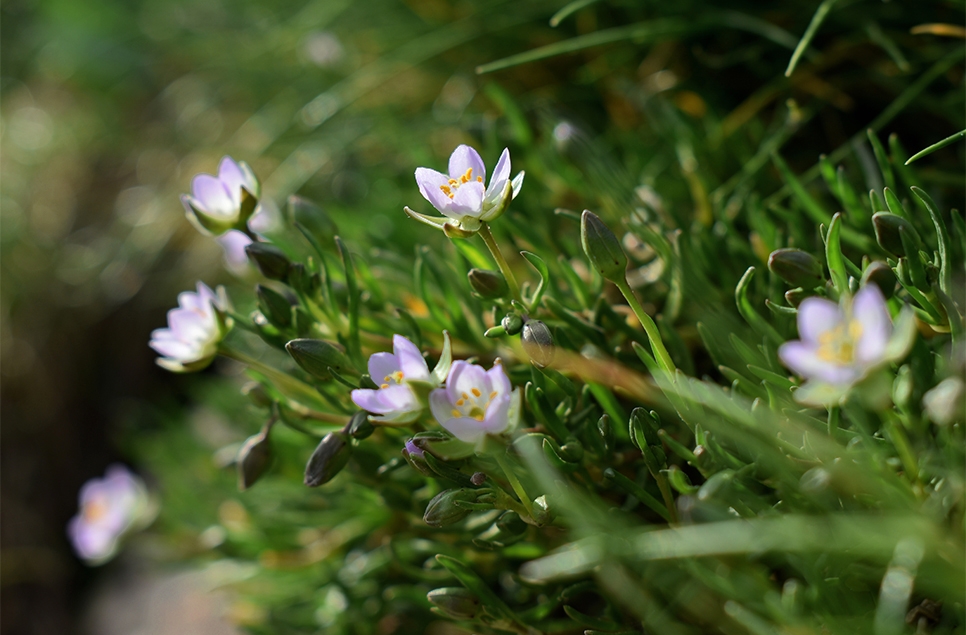Your window on wetland wildlife - April 2020
Since lockdown began we’ve been working hard to bring nature to you. Our social media channels have been full of the hum and buzz of spring on our reserves. It’s a great way for you at home to feel connected to the wetland nature we're missing.

Since lockdown began we’ve been working hard to bring nature to you. Our social media channels have been full of the hum and buzz of spring on our reserves. It’s a great way for you at home to feel connected to wetland nature and for us to feel connected. So here is our first monthly round-up of some of the best wildlife highlights from across all our sites shared by the few staff still hard at work on the grounds, throughout the month of April.
Right now our wetland sites are alive with the sights and sounds of wildlife going about their usual business. The kingfishers are busy breeding and there has been a lot of nesting activity among our waders - the avocets, lapwing, redshank, snipe, little ringed plover, and oystercatcher, and the summer songbirds are arriving too.
Avocets are busily engaged on the scrapes at WWT Slimbridge in courtship displays and rituals.
It’s heartening to see that while we are living in lockdown our residents seem to be blissfully unaware, but it is interesting to see some changed behaviours. There have been reports of extra-playful welcomes from our otters, particularly friendly birds at feed times and much closer sightings of wildlife in front of the hides. We are also welcoming our summer migrants, who we suspect have had less hazardous journeys than usual.
Snipe are busy feeding in the nutrient rich mud in shallow pools at Welney.
And the sunny weather means lower water levels, which is great for spotting vole holes.
One of our most exciting projects over the last few weeks has been the installation of two new livecams. How about a quiet afternoon watching Sir Peter Scott’s favourite view of the Rushy at Slimbridge? Or an action packed afternoon watching the Caerlaverock wildlife busying about? We will be launching a third live cam in the next couple of weeks (godwit fans you’re in for a treat…)
Tis the season for loving
It’s the time of year when wildlife is generally thinking about one thing. Finding a mate, building a nest and getting some eggs laid is a full time job, lockdown or no lockdown.
On South Lake and the Rushy at Slimbridge little-ringed plovers have been spotted busily creating the perfect nests for their mates. Like many waders they use a technique called scraping. We hope their hard work will be appreciated.
Infact, everywhere you look birds are busy building nests. The moorhens at our centres are no exception, what’s more they love nothing more than a good squabble with the coots over the best spot. At Caerlaverock we’ve spotted a moorhen that seems to be have ideas above her station.
The sunny weather has seen lots of birds sitting on nests getting ready to lay eggs. At Caerlaverock the oystercatchers got off to an early start and are already sitting on eggs.
Chicks everywhere
Little lines of fluffy chicks zig zagging after their mums and dads – it’s enough to make even the toughest conservationist dewy eyed. At our centres we have gorgeous little greylag goslings noisily chirping away and tiny coot chicks speeding around like little fluff balls on stilts.
And to all those who are stuck at home with teenagers you’ll know fledging brings its own challenges. Spare a thought for the parents of these heron chicks just about to fly the nest at Washington.
Goodbye winter, hello summer
Everywhere birds are changing. As the weather warms up plumage changes from winter wear to summer wear. The black-tailed godwits at Castle Espie and Caerlaverock are developing their stunning summer plumage.
Black-tailed godwits go through one of the most striking plumage changes of all waterbirds. Turning from grey to deep orange.
Some of our winter visitors are still here. The weather is keeping the barnacle geese at Caerlaverock longer than usual, we know they’ll be off soon so we’re enjoying them whilst we can.
Meanwhile our summer visitors are arriving, you’ve probably spotted some at home or on your daily walks. Most of our centres have reported sightings of swallows, wheatears, willow and sedge warblers, house and sand martins, chiffchaffs and blackcaps.
Wildlife here and at home
We know it’s not the same as visiting our wetland sites but it’s great that we are seeing so many of you on our social media channels. We’re really enjoying all the wildlife you’re spotting at home and were especially excited to hear lots about these large red damselflies appearing at the moment.
If you have a garden pond nearby keep a look out for them emerging from the water
Also, keep an eye out for tadpoles. Toad tadpoles are emerging in good numbers on our reserves. Toads are amphibians; they feed on worms, insects and slugs, using their sticky tongues to catch their food. It takes tadpoles about 16 weeks to develop into tiny toadlets.
At the Hawthorn Hide in Washington it has been very busy with some favourite visitors, which you might see at home too - we’ve spotted chiff chaff, bullfinch, a reed bunting pair and a willow tit.
There have also been a rise in sightings of grass snakes across our sites, which you might also come across basking in the sun in more secluded spots. At Arundel a very healthy baby grass snake was discovered.
Also among the recent bursts of cowslip, bluebell, and red campion to name a few, one of our favourites - the marsh marigolds are blooming across our sites.
Rare and up close
With everything a little quieter here, we’ve seen a few more rare characters turn up at our bird feeders. This handsome reed bunting was spotted enjoying the feeder outside the café at Llanelli.
And at London we got a lovely surprise when an oystercatcher paid a visit. It’s unusual to see them in the big smoke.
Flower power
Reserve manager at Washington, John, spotted a snake’s head fritillary on Forgotten Meadow. We’ve seen these beauties before at Washington but they’re definitely not common on this site. They’ve also been seen at London.
Beautiful butterflies
The first butterflies of the year bring such joy. Reserve warden, Ross, at Castle Espie was particularly excited to see the stunning comma butterfly on the reserve. They’re not native to Northern Ireland so it must have flown a long way.
Lounging lizards
One of the team at Arundel spotted this common lizard on the boardwalk. What a treat! It’s a protected species in the UK but was making the most of the lovely sunshine.
Egrets in lockdown
We’re excited that the little egrets have decided to spend lockdown with us at Caerlaverock. Perhaps this will be the first year we see chicks on the reserve?
Phew, that was busy!
We hope you enjoyed our wildlife roundup. We’d love you to keep sharing your own wildlife sightings with us on facebook/twitter etc.
We’re missing you all at our centres. The otters are missing their daily attention, the nenes are missing the grain bags and the flamingos have no one to show off for. And these shelduck and oystercatchers are wondering why the Slimbridge carpark is so empty…
Sadly we have no members or visitors in the @WWTSlimbridge car park during this lockdown period ????
— Slimbridge Sightings (@slimbridge_wild) April 16, 2020
But we do have 4 Shelduck and 3 displaying Oystercatcher, all blatantly ignoring the one way routes and parking protocol ! pic.twitter.com/dLJsv0pTcu
You can look forward to more new exciting things on our social channels over the next coming weeks. Did you see Washington’s first ever Facebook live to mark the first ever International Flamingo day on the 26th April? It wasn’t all plain sailing but it was lots of fun.
Until next time, here is a big cheer for all the people working so hard on the front lines to get through this global pandemic.



